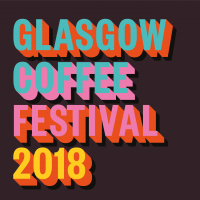 Welcome to my write-up from the fourth Glasgow Coffee Festival, which took place last weekend in the Briggait, the festival’s home since its inception in 2014. Last year the festival moved from the cold, autumn months to the warmth of a Glasgow spring and was also expanded to two days. This year it retained this format, taking place over the weekend of 19th/20th May.
Welcome to my write-up from the fourth Glasgow Coffee Festival, which took place last weekend in the Briggait, the festival’s home since its inception in 2014. Last year the festival moved from the cold, autumn months to the warmth of a Glasgow spring and was also expanded to two days. This year it retained this format, taking place over the weekend of 19th/20th May.
For the first time, I attended both days, although this is probably only recommended if you are a coffee blogger and/or serious coffee nut, since I suspect that an average (normal?) person can see everything they want in a single day. For me, however, it meant that I could take a more relaxed approach, visiting pretty much everything/everyone at the festival, although, as usual, I missed out on the competitions and all of the presentations, masterclasses and all but one of the cuppings.
I had hoped to write this up in three parts, just as I did for last year’s festival, but sadly various issues, including my bad back, and other travel commitments, have limited me to this single post. So, join me as I take a quick tour of the venue, look at one of festival’s main themes, reusable cups, and talk about how Glasgow Coffee Festival is the first coffee festival to go disposable free.
You can read all about the venue after the gallery.
The Glasgow Coffee Festival is held in the Briggait, which is, in my opinion, the most striking venue for a coffee festival. Built as Glasgow’s fish market over 100 years ago, The Briggait consists of a single, soaring hall, with a vast, glass, arched roof, which gives the festival a great sense of space (something that’s lacking in other festivals). The festival is held on the floor of the main hall, but there’s a first-floor balcony that goes all the way around the building. While there are no stands up there, you do get some great views of the festival floor.
This year I was able to attend both days (I had originally intended to attend both days last year, but a series of unfortunate events meant that I could only make it for the Sunday). I travelled up on the Caledonian Sleeper on Thursday night, allowing me Friday to explore Glasgow’s growing coffee scene, before heading over to the festival on Saturday and Sunday, returning on the Caledonian Sleeper on Sunday night.
The festival’s organisers Glasgow’s Dear Green Coffee, have always made very good use of the space, resisting the temptation to cram the hall full of stands. If you’ve been before, or read any of my previous reports, the layout will feel very familiar, but just in case, here’s a rundown of the hall and what you’ll find in there.
You enter through the main doors of the Briggait and, once you’ve collected your wrist band, you’re confronted by the soaring hall itself, the vaulted glass roof high above you. This year, to the left and right, were the KeepCup stands, which we’ll come to, while behind you to the left and right, in glass-sided rooms at the front, were a pop-up vintage shop, with the other space acting as an impromptu pottery workshop as well as selling that most important festival commodity, ice cream!
Up a couple of shallow steps is the hall proper, which starts with a large seating area, made up of a series of round tables. You can sit here to eat, or just take the weight off your feet. Meanwhile, down either side of the hall, long ramps provide step-free access. Next comes the stands, which are arranged in four clusters, with eights stands per cluster, the clusters themselves laid out in a simple cross arrangement, with broad avenues between them and plenty of space around the sides. Apart from the ones on either end of each cluster, the stands are simple open bays, each roughly two metres by two.
At the far end of the hall is the competition area, the festival hosting both the semi-finals and the finals of the UK Brewers Cup. There’s one other main public area, which is where the cuppings are held. This a large room off to the left at the front, along a corridor and down a flight of steps, which, incidentally, you have to pass through on the way to/from the toilets.
That concludes my tour of the Briggait. After the gallery, you can read about the festival’s main initiative this year: going disposable free.
Regular readers will know that one of my long-term hobby horses is reusable cups. Long before the environmental impact of our love-affair with the disposable cup hit the headlines, I’d turned my back on them, committing in 2017 to only use reusable cups. Coffee festivals have, traditionally, been major users of disposable cups, and I’ve always made a point of bringing my own. I was delighted to read in the run-up to the Glasgow Coffee Festival that it had decided to go disposable free, teaming up with KeepCup to provide all festival goers with a reusable cup and encouraging people to bring their own. It, naturally, was music to my ears. So how did it do in practice?
The short answer is very well. On arrival at the festival, you were greeted by two KeepCup stalls, one on the left, selling the whole KeepCup range, with the other on the right loaning out KeepCups to those festival goers who hadn’t brought their own. Talking to staff on the two stands throughout two days of the festival, it was clear that they were delighted with how things had gone. Sales, in particular, were good, with several models selling out.
The loan system was simple, with lidless 8oz plastic KeepCups being handed out to anyone who wanted one in exchange for a £5 deposit. Every time I went over, the stand was doing a roaring trade, with a constant stream of people coming up either to get a cup, or to return their cups at the end of their visits.
The biggest challenge, as anyone who has ever brought their own cup to a coffee festival knows, is keeping the cup clean between drinks. At previous festivals, this has usually involved me politely asking the barista at whichever stand I’m at to wash the cup out for me, which is a bit of a faff for them, particularly if they’re busy. At the Glasgow Coffee Festival, this problem was solved by having multiple cup-washing stations throughout the hall, so you could wash your own cup between coffees. Visitors were also encouraged to give their loan cups one last wash before handing them back.
Each washing station also had a chalk-board next to it where you could make a mark every time you washed your cup. This was used by the KeepCup staff to help keep track of the number of disposable cups that were saved over the course of the festival. This was an estimate, based on the number of:
- people visiting the festival;
- cups that were loaned out;
- times that cups were washed.
These numbers were combined with the average number of disposable cups that are typically used in a festival to provide an estimate of the total number of disposable cups that would otherwise have been used. It’s not an exact measure (I’d describe it as an educated guess) but nonetheless it gives an idea of the numbers of cups saved, with the total reaching 9,840 on Saturday and a further 8,690 on Sunday, making a grand total on 18,530.
You can read a little bit more about the scheme, along with some criticisms, after the gallery.
Overall, the move to do away with disposables worked and seemed to be very popular, with the visitors embracing the scheme. Plenty of people bought their own cups and those loaning cups seemed very happy with idea. However, there are a few minor criticisms and I would be remiss if I didn’t report the one or two dissenting voices that I heard.
The main criticism is that this is one-size-fits-all solution. I’m perhaps biased since it happens to be my preferred solution as well, but my own personal complaint was the lack of diversity of reusable cups. I own ten different brands of reusable cup and there are several others on the market. I was disappointed that no other reusable cup manufacturers had stands at the festival. I have no idea if this was coincidence or a deliberate policy choice, but it would have been nice to see other reusable cup manufacturers represented.
The other main complaint, put forcibly to me by one of the stall-holders, is that this approach ignored other potential solutions to the disposable cup problem, particularly biodegradable/compostable cups, which are gaining popularity with coffee shops and roasters up and down the country. It also denied stall holders a marketing opportunity since at a typical festival, each roaster or coffee shop usually hands up their own branded disposable cups.
I have my issues with compostable cups since they’re not a solution by themselves. To work, compostable cups have to end up in either a home compost bin, or, preferably, in a commercial composting facility. If they are just thrown away, they will end up in landfill, so this requires a lot of education and dedicated collection/recycling infrastructure which is a wider problem than just the coffee industry. However, I do think that they have a role to play and need to be included.
The only stand that was addressing the wider solutions was from Keep Scotland Beautiful, which was running a visitor survey, asking eight questions about disposable cups, whether they can be recycled and what can be done to reduce waste. This was excellent, since it challenged visitors to think about and engage with the problem and potential solutions.
In closing, I think that the limited criticism is valid, but overall, I applaud Glasgow Coffee Festival for taking the step of banning disposables, not least for the way it raised the profile of the problem. I’m looking forward to other coffee festivals following suit and to taking steps to address other solutions. At the end of the day, anything that cuts down on the amount of cups that are thrown away is a step in the right direction.
That’s it for now. Don’t forget to check back in coming weeks to see how I got on during the rest of the festival.
If you liked this post, please let me know by clicking the “Like” button. If you have a WordPress account and you don’t mind everyone knowing that you liked this post, you can use the “Like this” button right at the bottom instead. [bawlu_buttons]
Don’t forget that you can share this post with your friends using the buttons below.

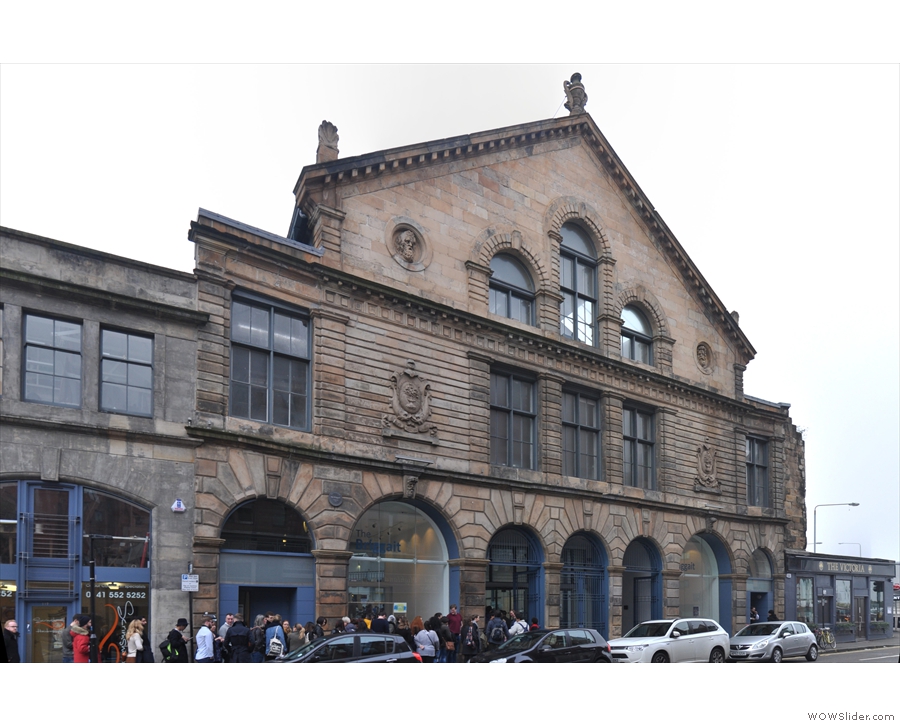
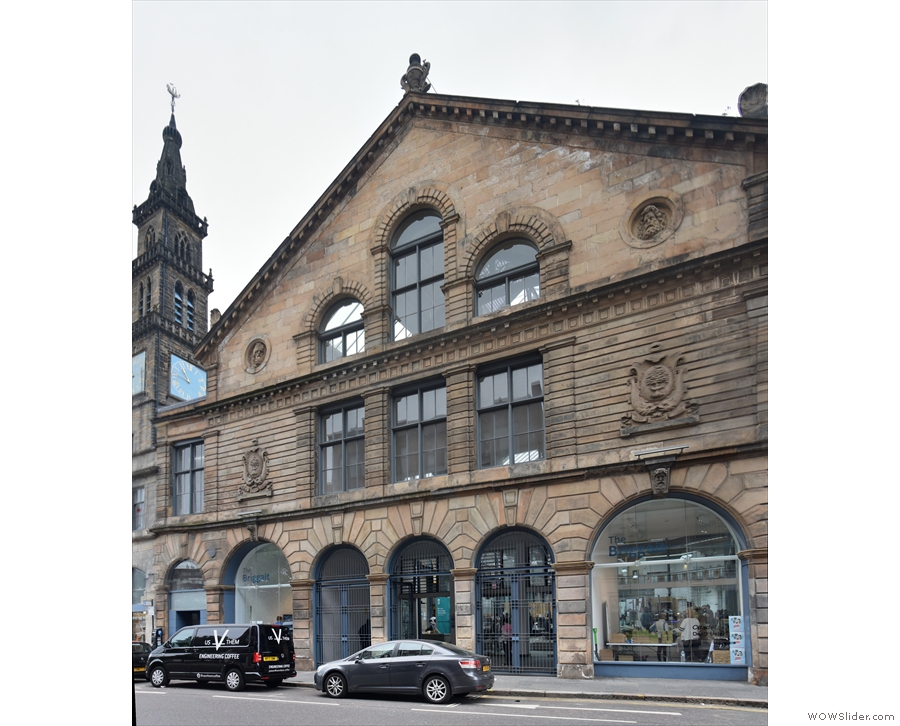
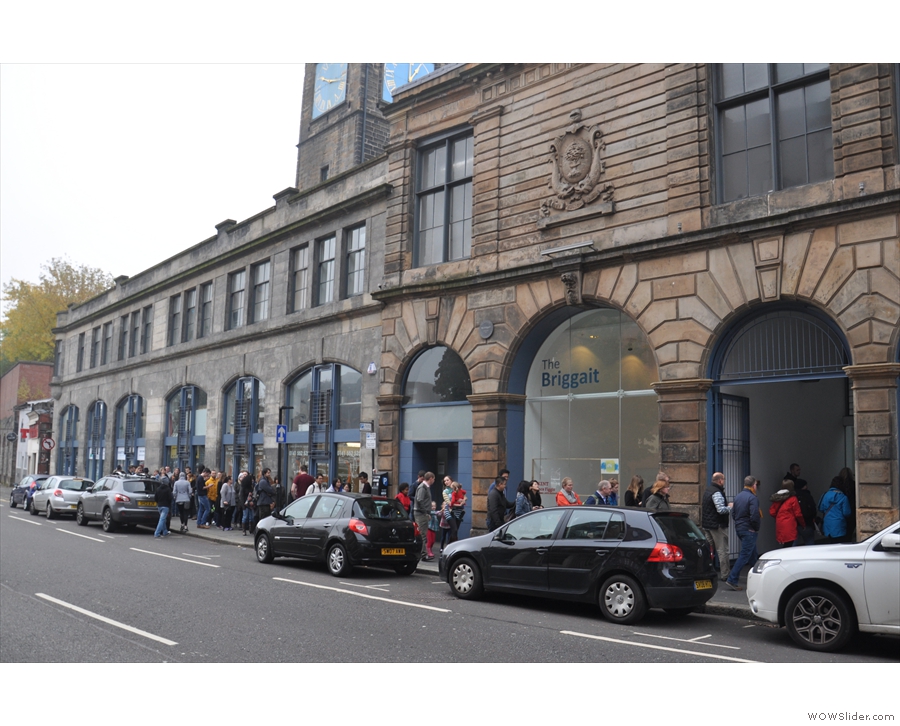
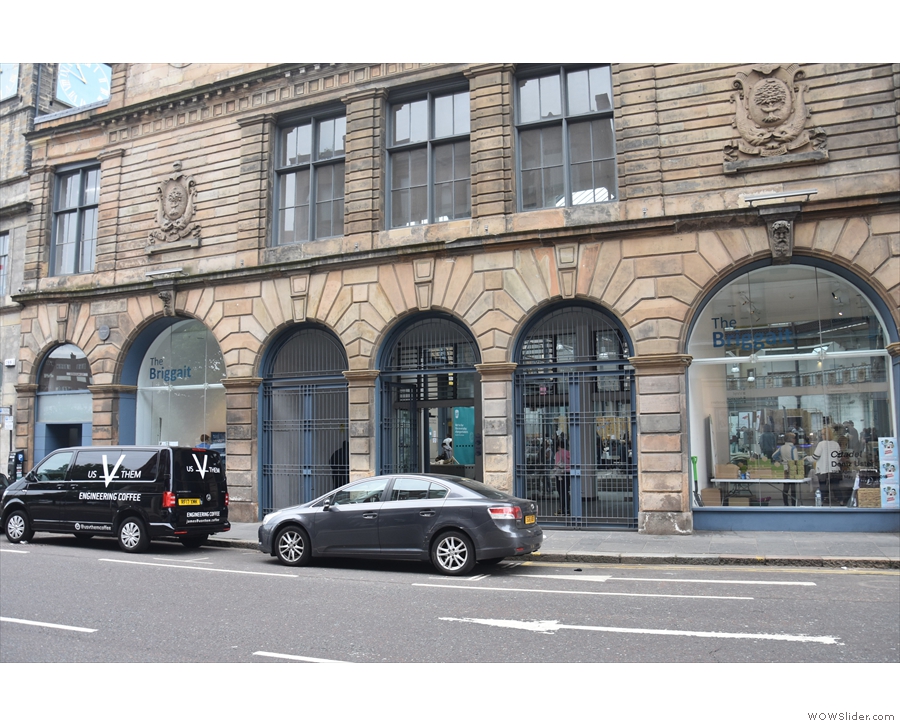
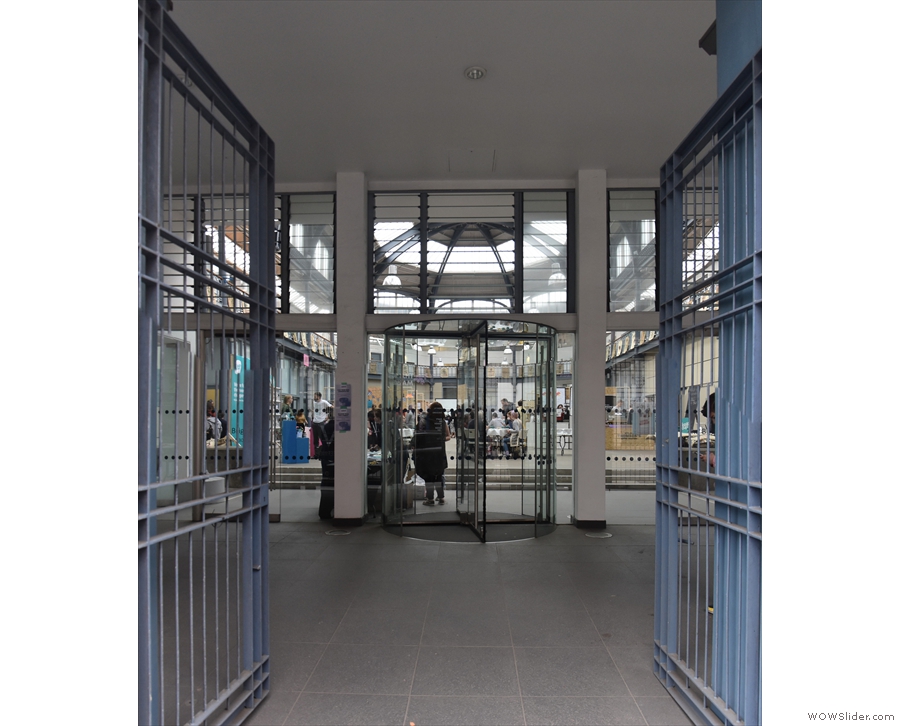
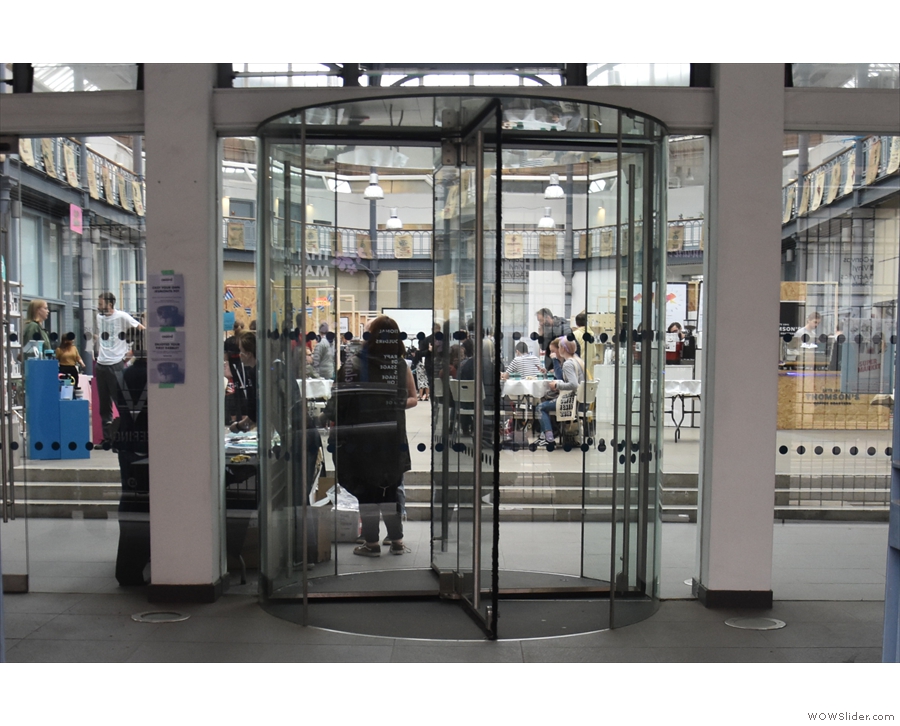
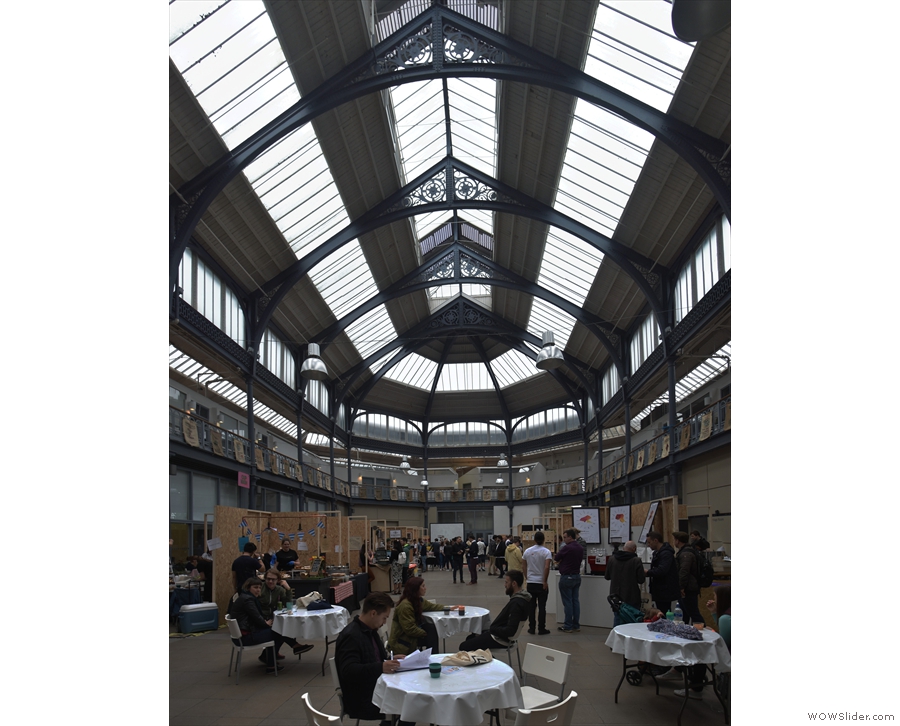
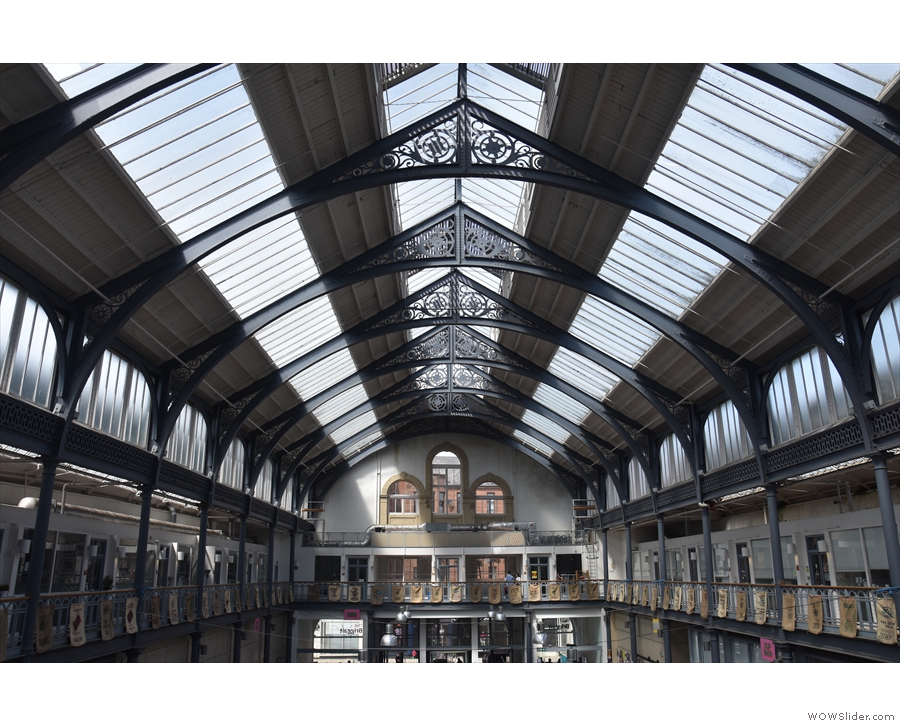
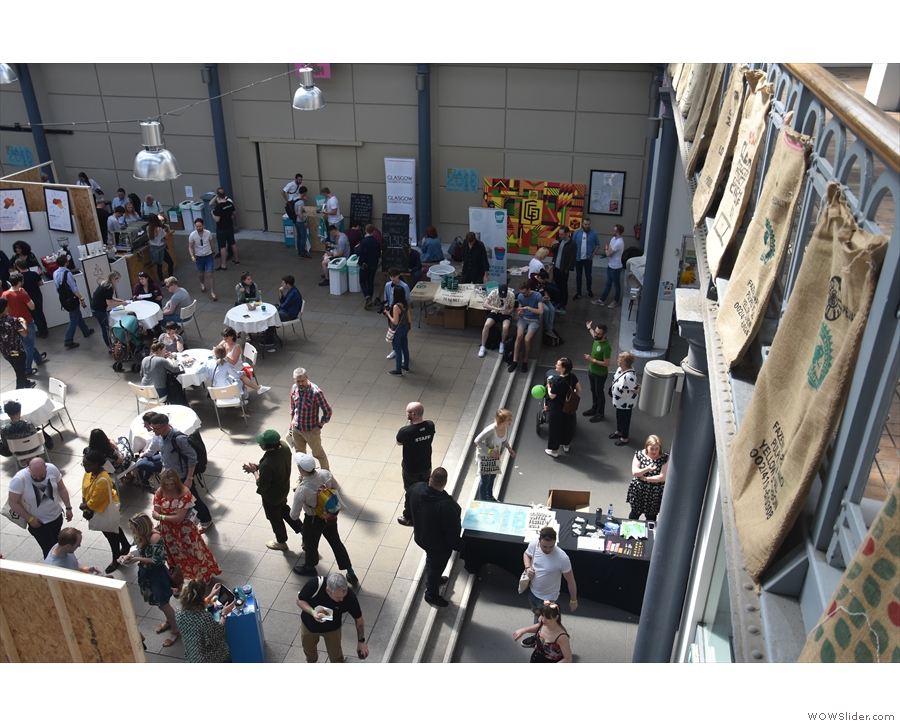
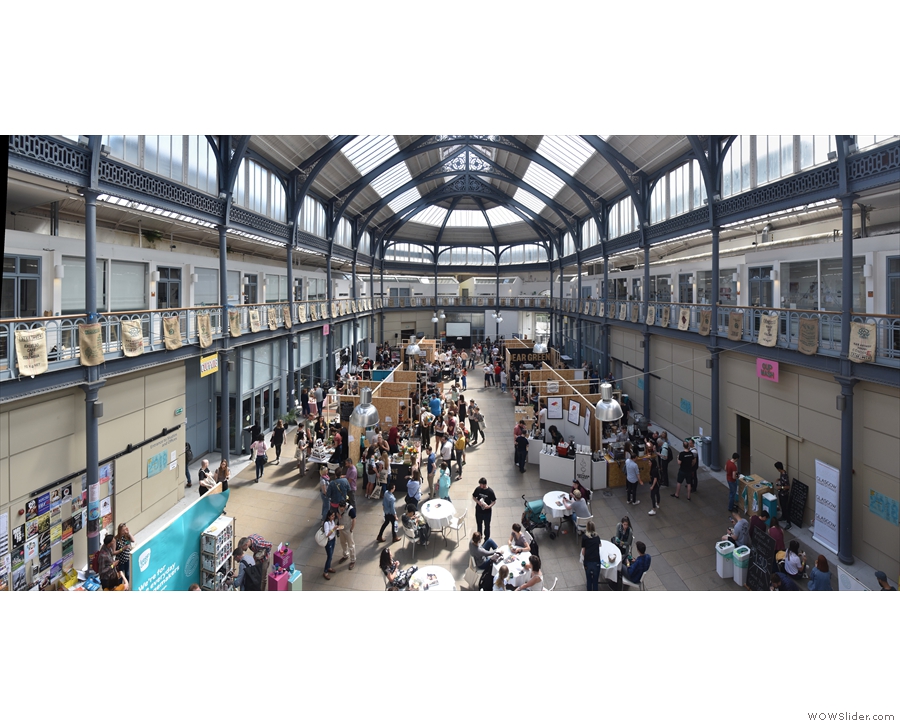
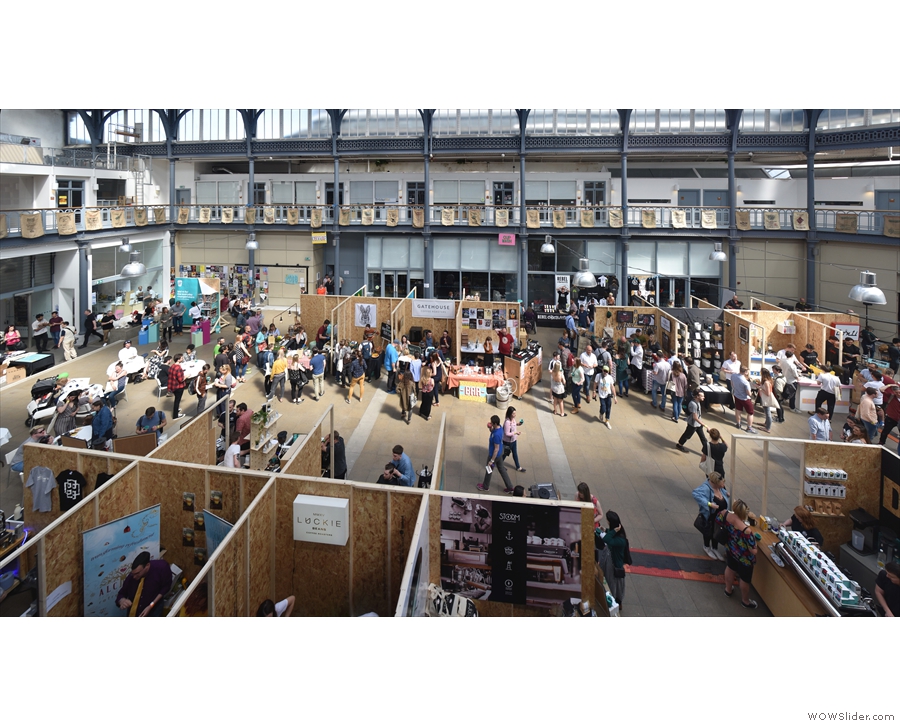
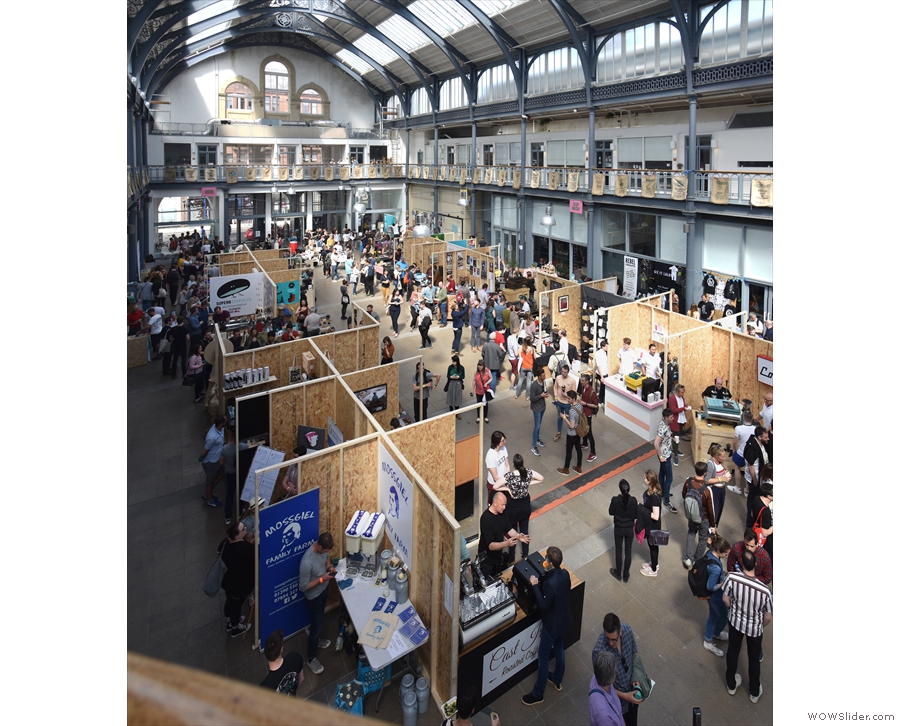
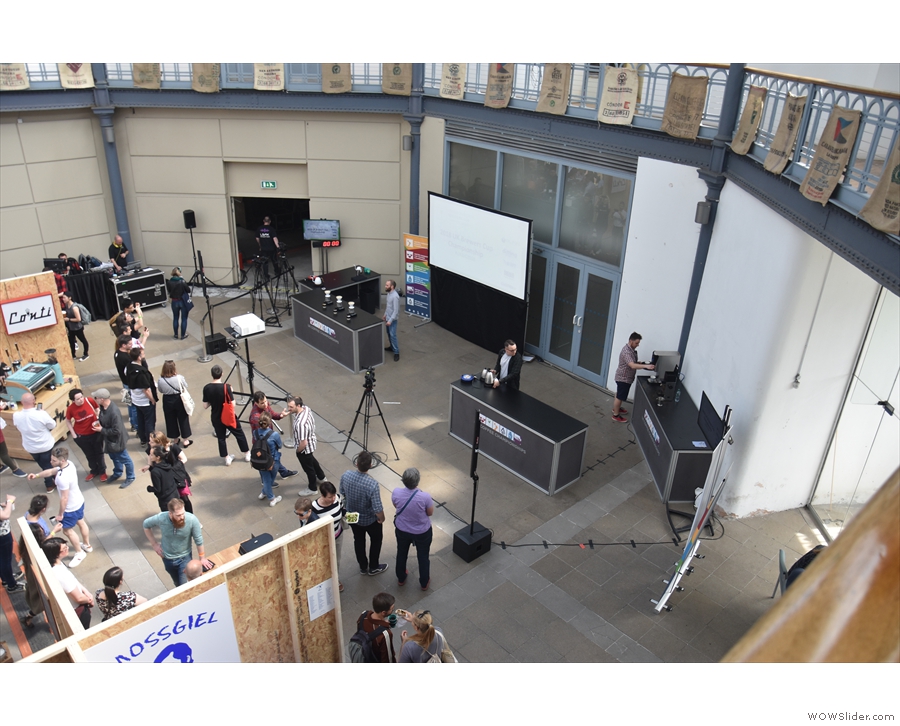
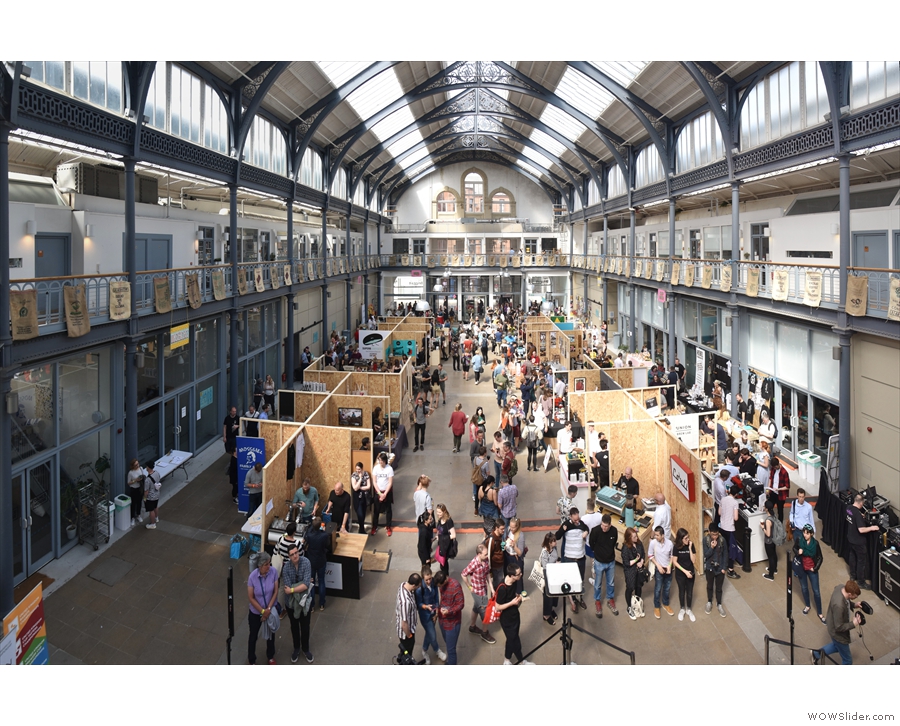
 1
1 2
2 3
3 4
4 5
5 6
6 7
7 8
8 9
9 10
10 11
11 12
12 13
13 14
14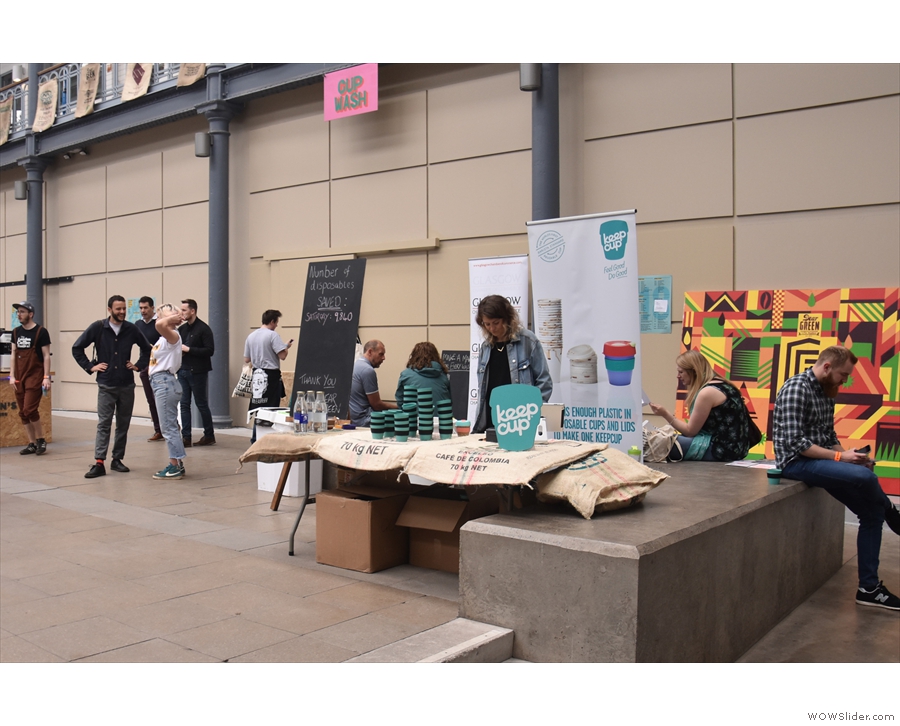
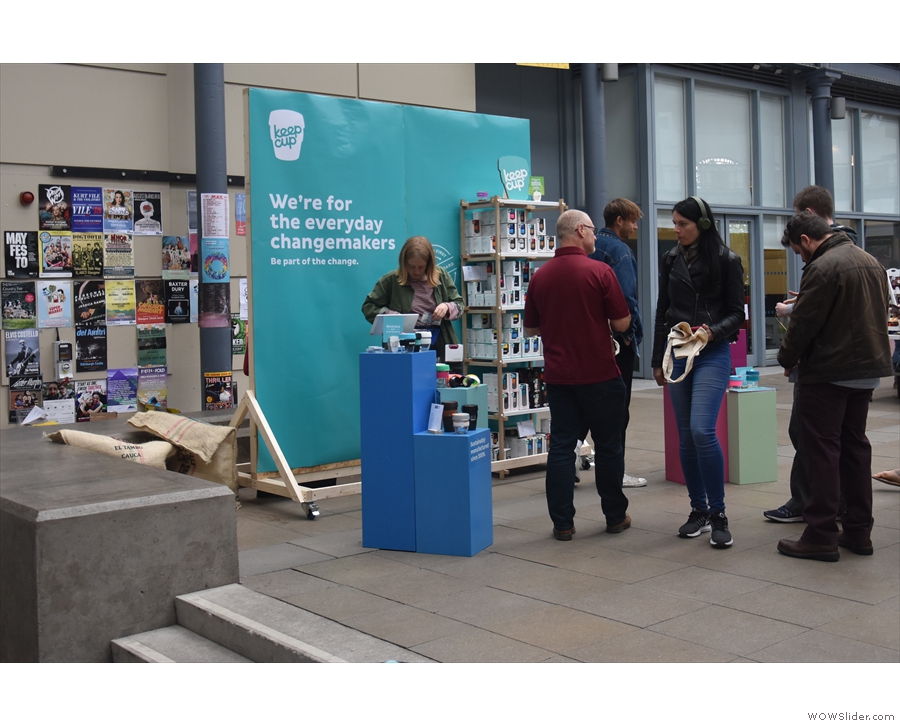
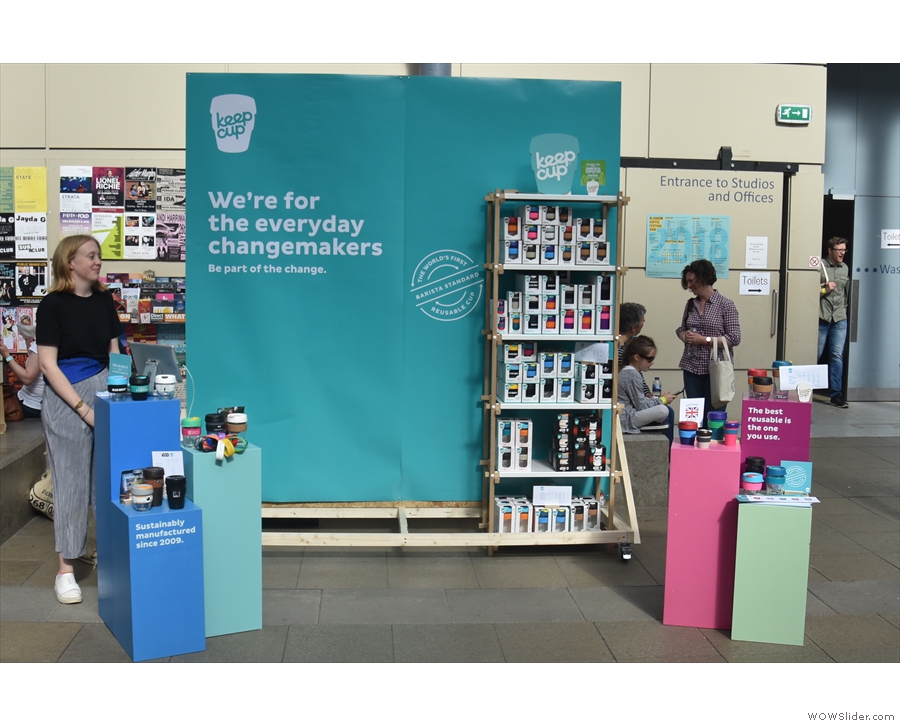
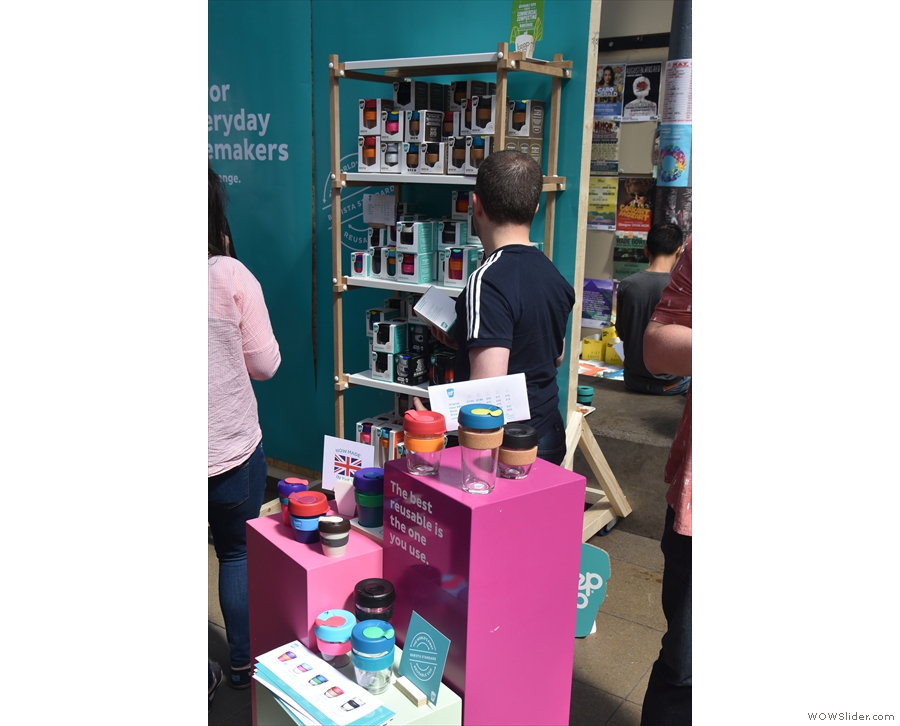
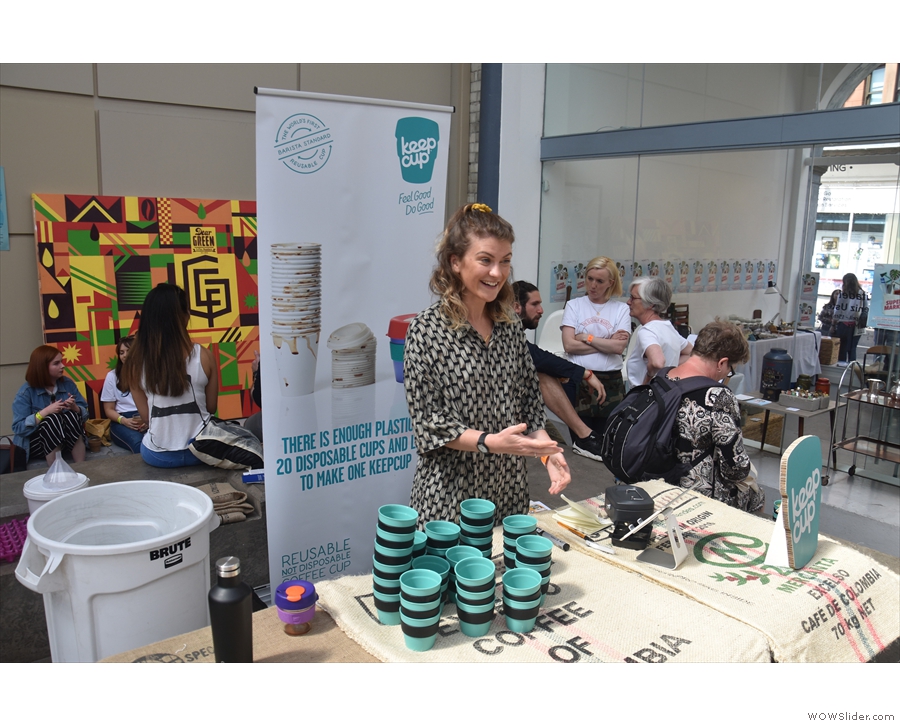
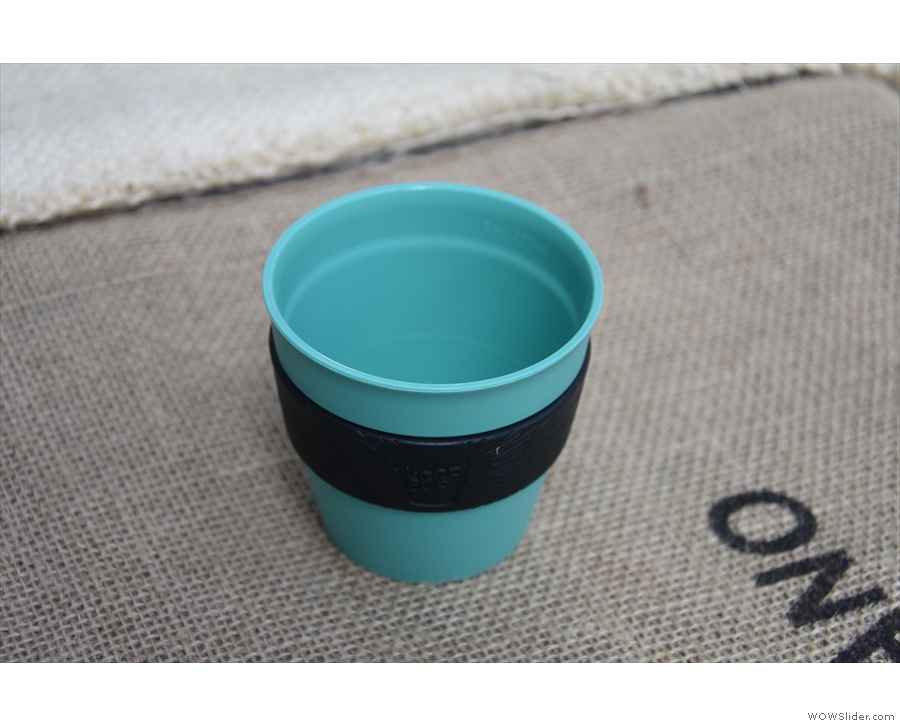
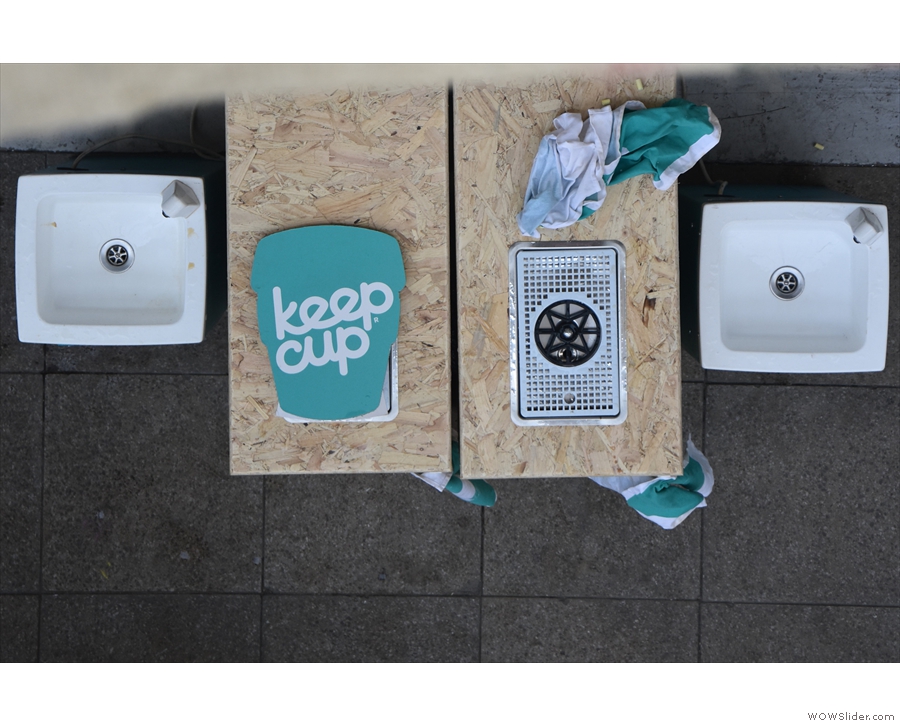
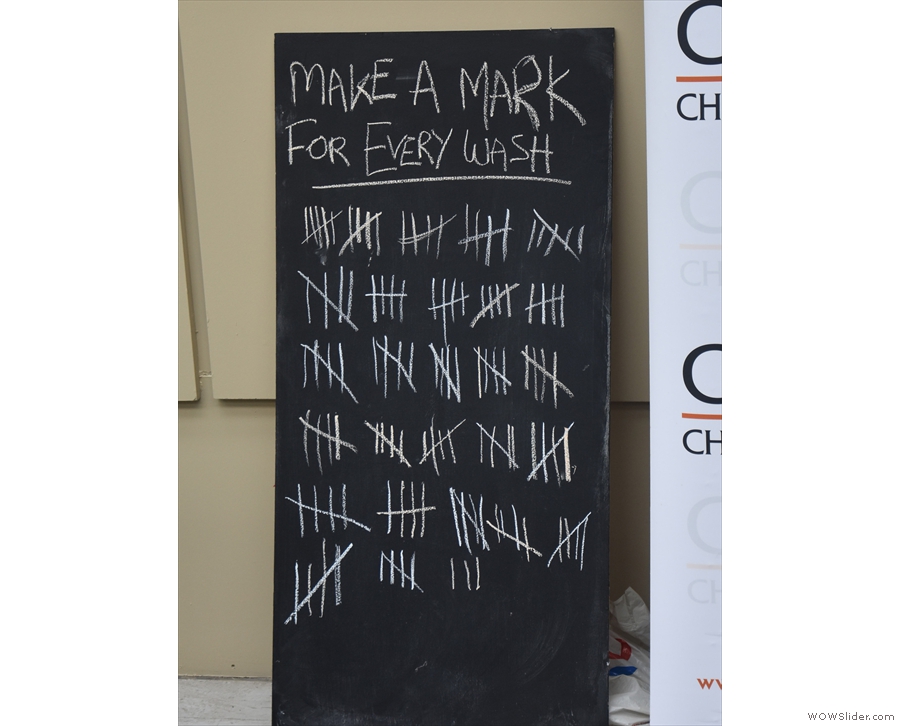
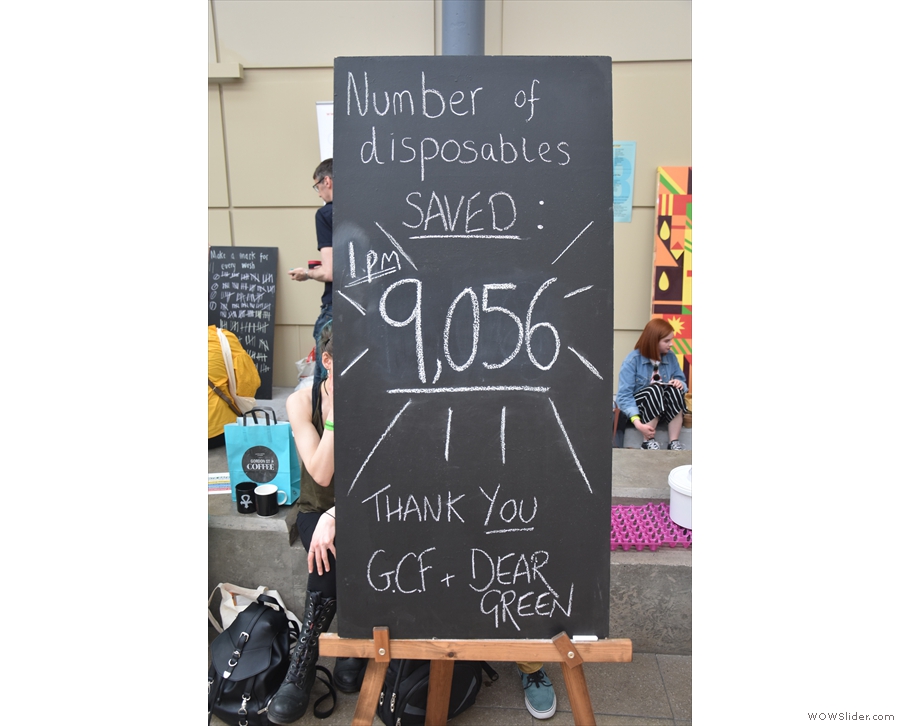
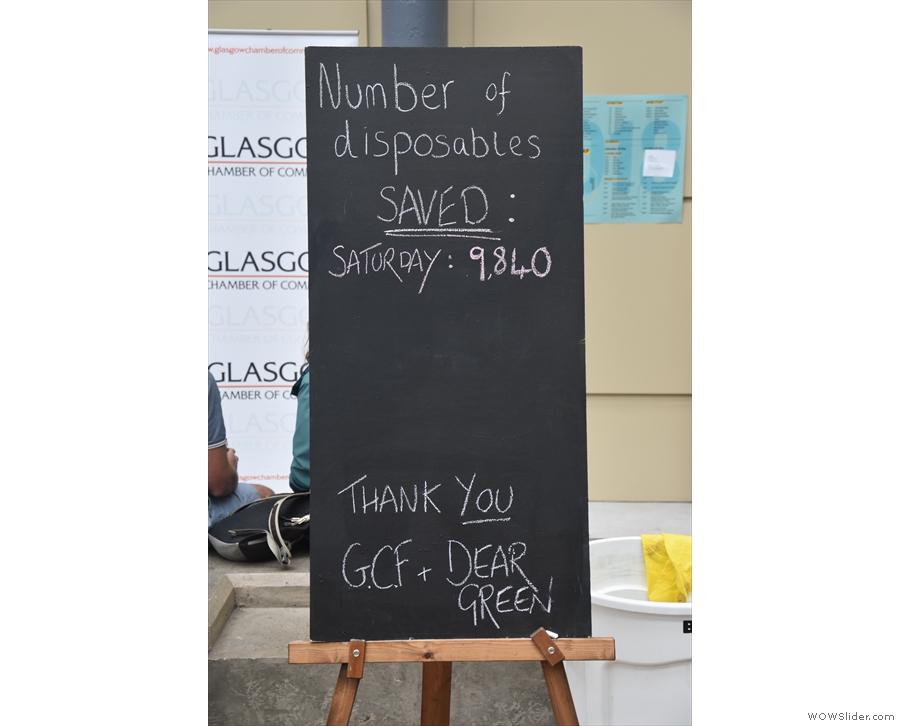
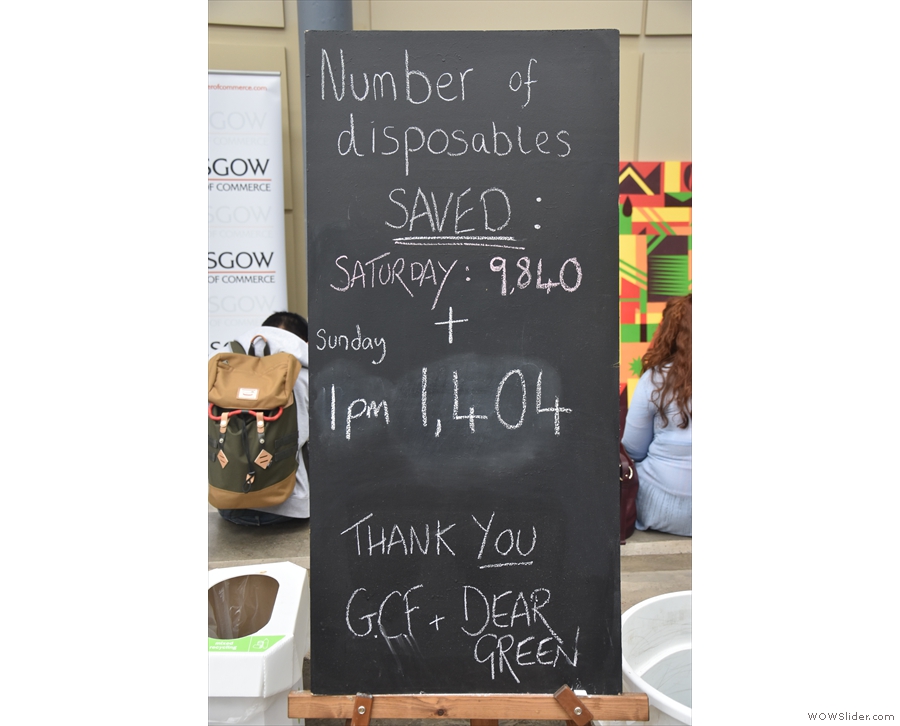
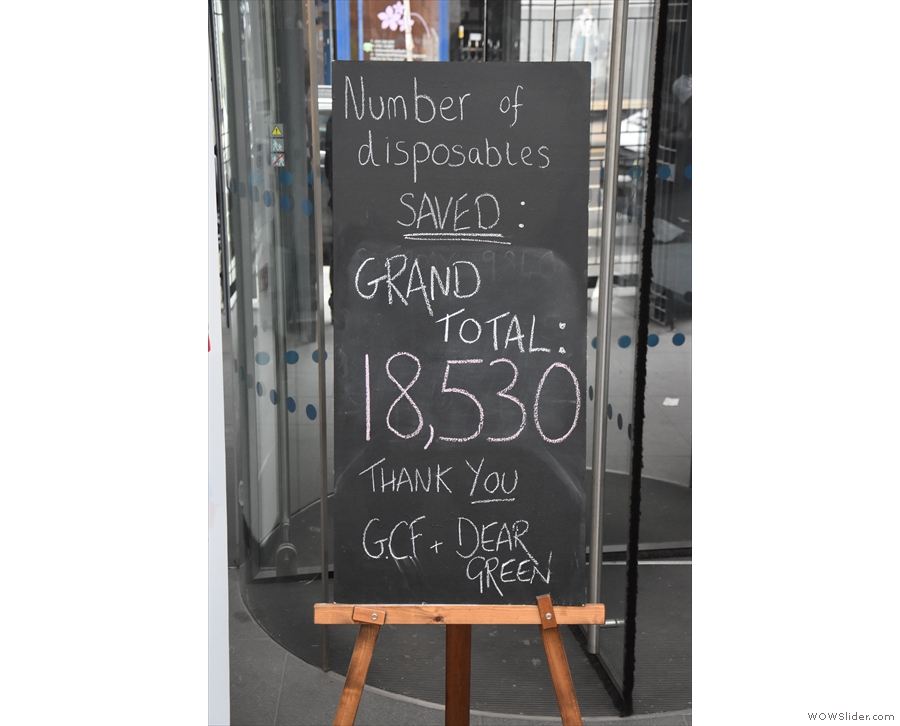
 1
1 2
2 3
3 4
4 5
5 6
6 7
7 8
8 9
9 10
10 11
11 12
12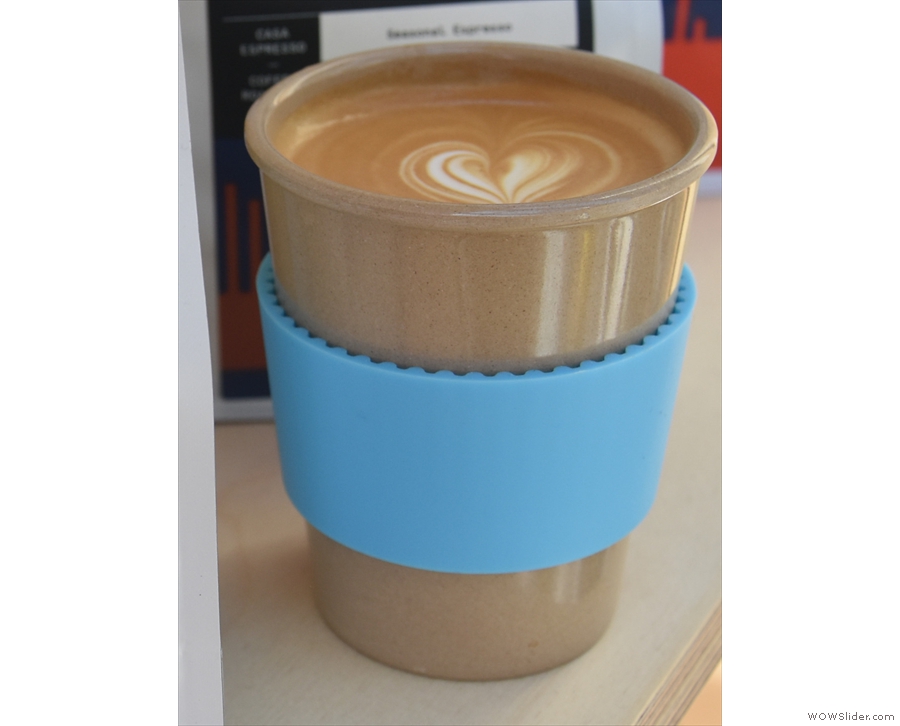
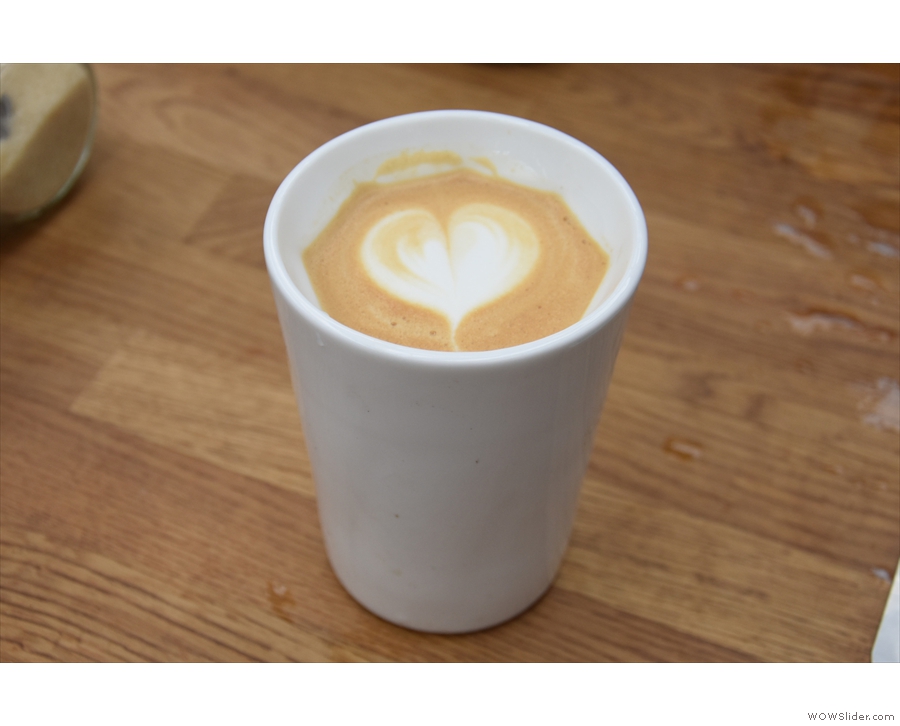
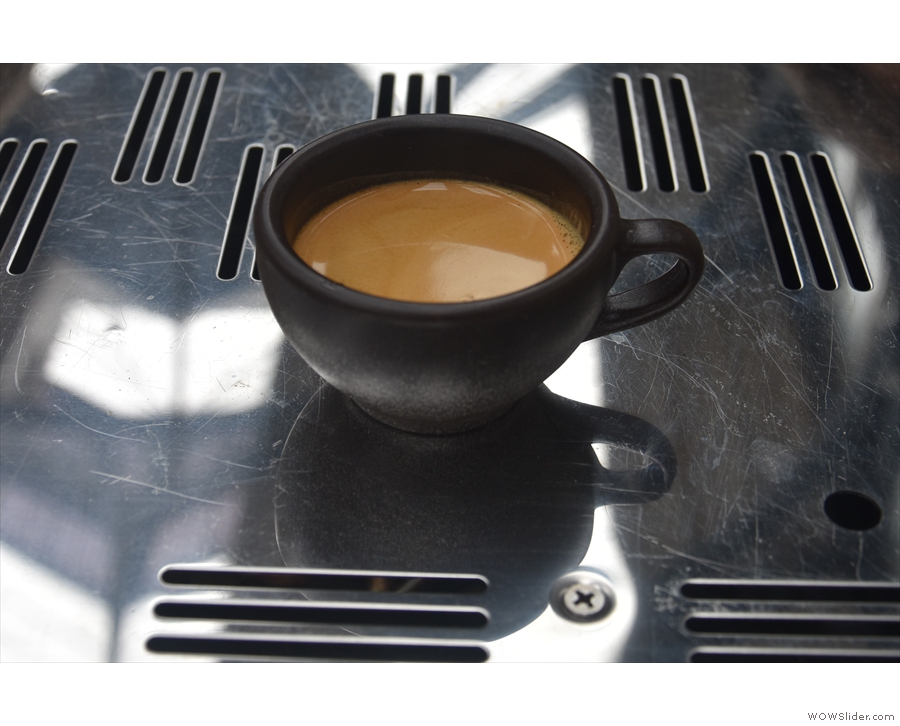
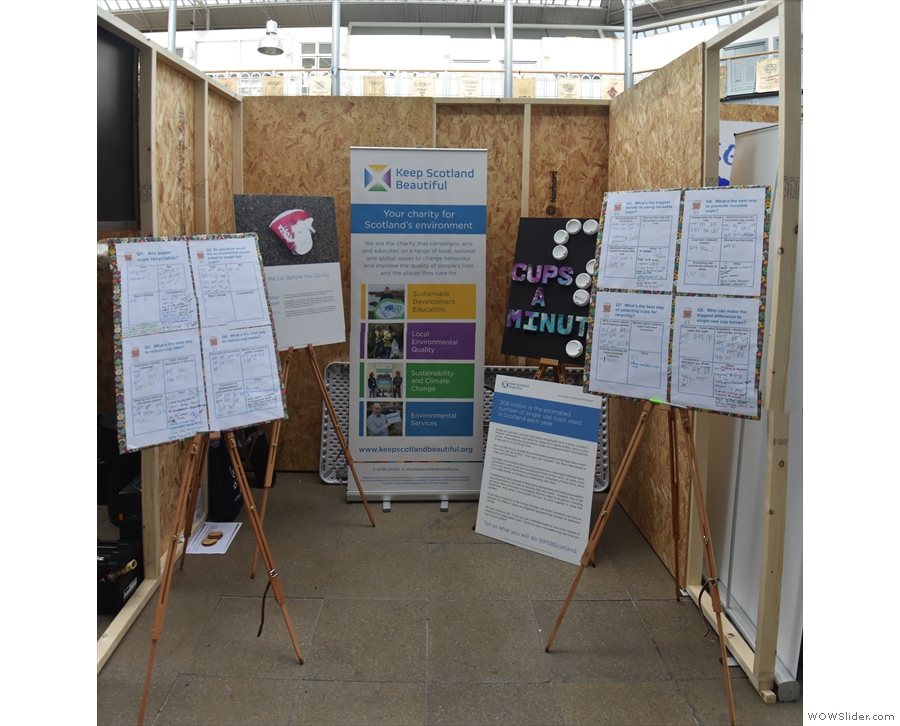
 1
1 2
2 3
3 4
4
Pingback: The Good Coffee Cartel | Brian's Coffee Spot
Pingback: It All Started Here | Brian's Coffee Spot
Pingback: Brian’s Travel Spot: Caledonian Sleeper to Glasgow | Brian's Coffee Spot
Pingback: Birmingham Coffee Festival, Part I | Brian's Coffee Spot
Pingback: Manchester Coffee Festival 2018 Preview | Brian's Coffee Spot
Pingback: Reusable Cups: Eco To Go Cup/WAKECup/HuskeeCup | Brian's Coffee Spot
Pingback: 2018 Awards – Best Saturday Supplement | Brian's Coffee Spot
Pingback: East Coffee Company | Brian's Coffee Spot
Pingback: The Coffee Spot is Six! | Brian's Coffee Spot
Pingback: London Coffee Festival 2019: Round-up | Brian's Coffee Spot
Pingback: Birmingham Coffee Festival 2019 Preview | Brian's Coffee Spot
Pingback: Birmingham Coffee Festival 2019 – Round Up | Brian's Coffee Spot
Pingback: Birmingham Coffee Festival 2019: Part III | Brian's Coffee Spot
Pingback: The Good Coffee Cartel | Brian's Coffee Spot
Pingback: Glasgow Coffee Festival 2020 | Brian's Coffee Spot